Technologies
WWDC: Everything We Expect to See, From iOS 17 to Apple’s VR Headset
Apple’s 2023 developers conference could bring more than new iPhone software.
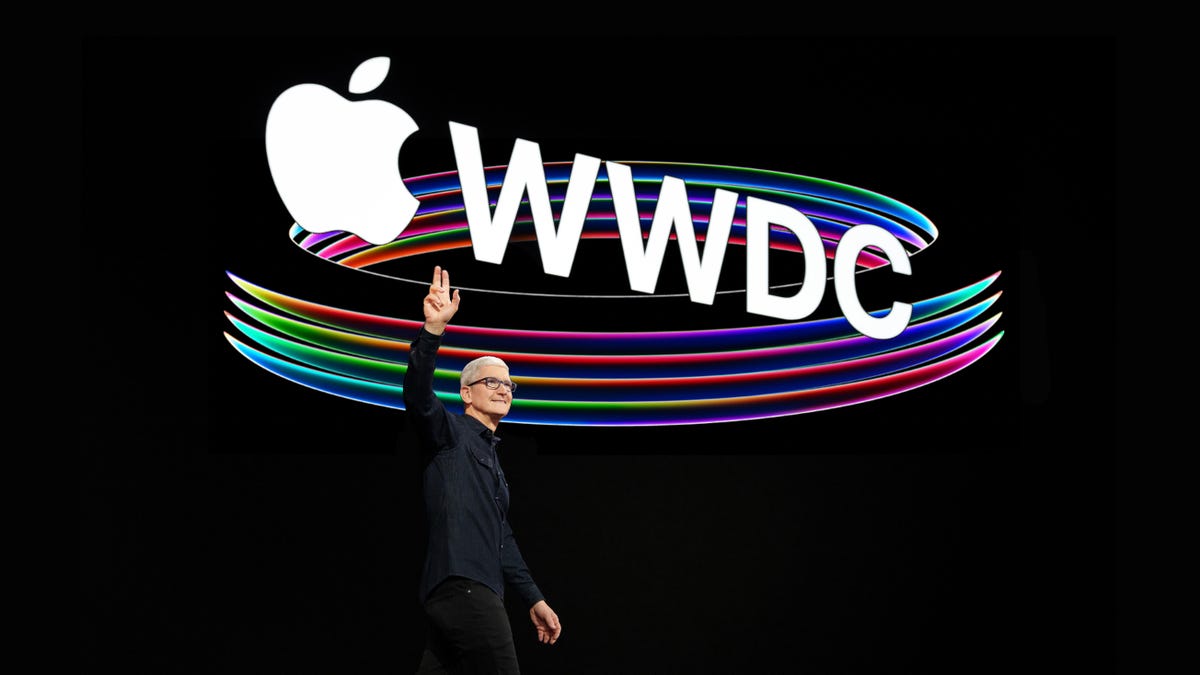
Apple’s WWDC is less than a week away. The big developer-focused event is set to kick off on Monday, June 5. Traditionally, this event has been where Apple gives us a first look at new software for iPhones, iPads, Apple Watches and Macs. But occasionally we get some new hardware, too.
This year seems set to be the latter. With plenty of rumors circulating around the tech giant’s mysterious augmented reality headset, a new 15-inch MacBook Air and the long-teased Apple Silicon-powered Mac Pro, it’s certainly possible there could be some physical products on stage alongside all the software improvements.
Though there’s still some time until Tim Cook pops up on stage and makes things official, here’s what we expect at the keynote address on June 5.
When is WWDC?
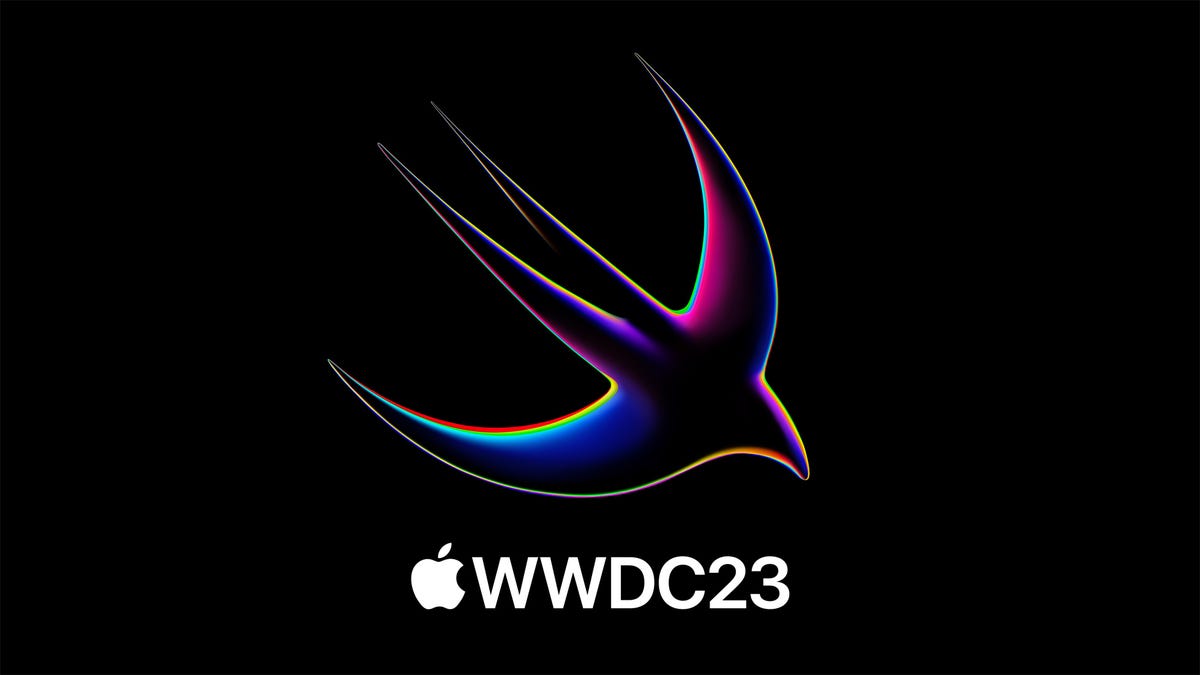
Apple’s icon for SwiftUI.
This year’s WWDC runs June 5 to 9. The opening keynote speech is set for 1 p.m. ET (10 a.m. PT) on June 5.
As with past years, Apple will be streaming the keynote on its website.
What do we expect?
Apple headset

The biggest rumor heading into this year’s WWDC is of course the Apple headset. Rumored to be running on a new «XROS,» the device could utilize mixed reality, a combination of virtual reality and augmented reality. There may be eye and hand tracking, high-resolution displays and… a potential $3,000 price tag.
Bloomberg’s Mark Gurman recently detailed how Apple plans to incorporate sports, gaming, workouts and iPad apps into the headset to show off what the new platform can do. Whether that’s enough to excite consumers and persuade them to drop three grand or for developers to commit to building apps for it remains to be seen.
MacBook Air 15
The MacBook Air has long been one of Apple’s most popular laptops. Frequently sold with a 13-inch screen, Apple has experimented with different sizes of Airs in the past, including offering an 11-inch model for years. Rumors these days, however, suggest that the company has a larger, 15-inch M2-powered Air raring to go. That once again comes from Bloomberg’s Gurman, who expects the new laptop to be announced at this year’s event. It’s about time.
While rumors point to an imminent announcement, it’s unclear how much Apple might charge for the new Air or how it might fit into the company’s existing MacBook lineup. The 2020 M1-powered 13.3-inch MacBook Air is still sold for $999, while the updated M2-powered 2022 13.6-inch MacBook Air starts at $1,199. A 16-inch MacBook Pro, meanwhile, starts at $2,499. Might the 15-inch Air fit somewhere in the middle?
Apple M-Series Mac Pro

The 2019 Mac Pro.
Oh, the Mac Pro. Apple last updated the Mac Pro at WWDC in 2019. Despite some teases that confirmed it’s working on a new one powered by its Apple Silicon chips, the company has largely been quiet about the super powerful computer. Might the «another day» be June 5? It’s possible and Mac Pro fans may want to tune in, but with tempered expectations.
In an April appearance on The MacRumors Show, Gurman, the Apple savant, suggests that it still may arrive this year but not at WWDC.
New software: iOS 17, WatchOS 10 and more
In addition to all the hardware rumors, we can expect Apple to detail the latest updates coming this year to its iOS, iPadOS, WatchOS and TVOS platforms.
Among the bigger iOS changes, Apple might finally add support for installing apps not downloaded from the App Store. The iPhone maker has long resisted opening up its mobile software to allow for sideloading, but new European regulations may have forced its hand.
Other software changes Apple might unveil include a new mental health app as well as widgets returning to the Apple Watch.
For more, check out our expectations for WatchOS 10 and iOS 17. Plus, every feature we think Apple should steal from Android 14.
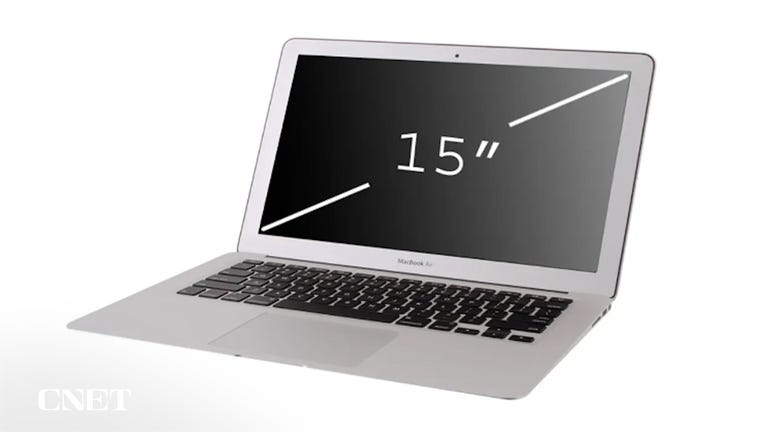
03:51
Technologies
Today’s NYT Mini Crossword Answers for Monday, Oct. 20
Here are the answers for The New York Times Mini Crossword for Oct. 20.

Looking for the most recent Mini Crossword answer? Click here for today’s Mini Crossword hints, as well as our daily answers and hints for The New York Times Wordle, Strands, Connections and Connections: Sports Edition puzzles.
Need some help with today’s Mini Crossword? It was a tough one for a change! That 1-Across is going to slyly trick you as to what a mouse is. So if you need the answers, read on. And if you could use some hints and guidance for daily solving, check out our Mini Crossword tips.
If you’re looking for today’s Wordle, Connections, Connections: Sports Edition and Strands answers, you can visit CNET’s NYT puzzle hints page.
Read more: Tips and Tricks for Solving The New York Times Mini Crossword
Let’s get to those Mini Crossword clues and answers.
Mini across clues and answers
1A clue: Sound from a mouse
Answer: CLICK
6A clue: Many-headed serpent killed by Hercules
Answer: HYDRA
7A clue: View from a cruise ship window
Answer: OCEAN
8A clue: «See ya later!»
Answer: PEACE
9A clue: Animal whose antlers can grow up to an inch per day
Answer: ELK
Mini down clues and answers
1D clue: Dice, e.g.
Answer: CHOP
2D clue: French for «high school»
Answer: LYCEE
3D clue: 10 out of 10
Answer: IDEAL
4D clue: Sound from a bat
Answer: CRACK
5D clue: «Citizen ___»
Answer: KANE
Technologies
Today’s NYT Connections: Sports Edition Hints and Answers for Oct. 20, #392
Here are hints and the answers for the NYT Connections: Sports Edition puzzle for Oct. 20, No. 392.
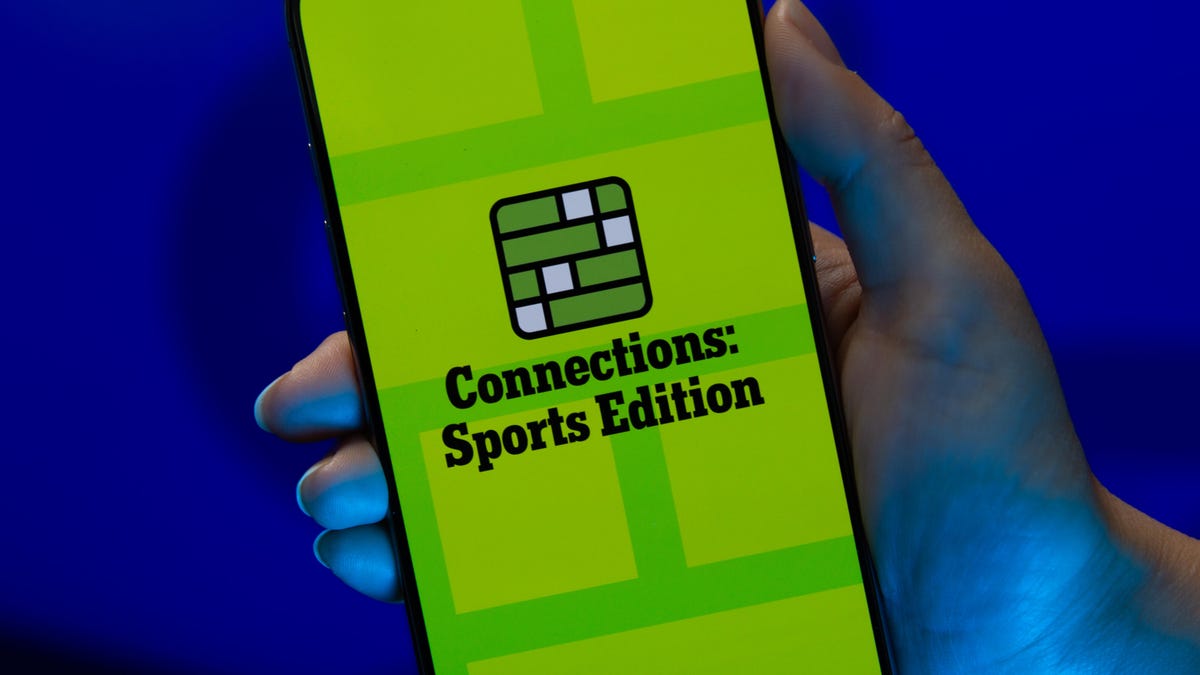
Looking for the most recent regular Connections answers? Click here for today’s Connections hints, as well as our daily answers and hints for The New York Times Mini Crossword, Wordle and Strands puzzles.
Today’s Connections: Sports Edition has a category for all the Windy City residents out there. If you’re struggling but still want to solve it, read on for hints and the answers.
Connections: Sports Edition is published by The Athletic, the subscription-based sports journalism site owned by the Times. It doesn’t show up in the NYT Games app but appears in The Athletic’s own app. Or you can play it for free online.
Read more: NYT Connections: Sports Edition Puzzle Comes Out of Beta
Hints for today’s Connections: Sports Edition groups
Here are four hints for the groupings in today’s Connections: Sports Edition puzzle, ranked from the easiest yellow group to the tough (and sometimes bizarre) purple group.
Yellow group hint: Deep-dish pizza, anyone?
Green group hint: Duke it out.
Blue group hint: College division.
Purple group hint: «Go to your ____!»
Answers for today’s Connections: Sports Edition groups
Yellow group: Chicago teams.
Green group: With «weight,» combat sport divisions.
Blue group: American Conference teams.
Purple group: ____ room.
Read more: Wordle Cheat Sheet: Here Are the Most Popular Letters Used in English Words
What are today’s Connections: Sports Edition answers?
The yellow words in today’s Connections
The theme is Chicago teams. The four answers are Bears, Bulls, Cubs and Sky.
The green words in today’s Connections
The theme is with «weight,» combat sport divisions. The four answers are bantam, feather, fly and heavy.
The blue words in today’s Connections
The theme is American Conference teams. The four answers are Blazers, Chanticleers, Green Wave and Pirates.
The purple words in today’s Connections
The theme is ____ room. The four answers are dressing, film, green and locker.
Technologies
Today’s NYT Connections Hints, Answers and Help for Oct. 20, #862
Here are some hints and the answers for the NYT Connections puzzle for Oct. 20, No. 862.
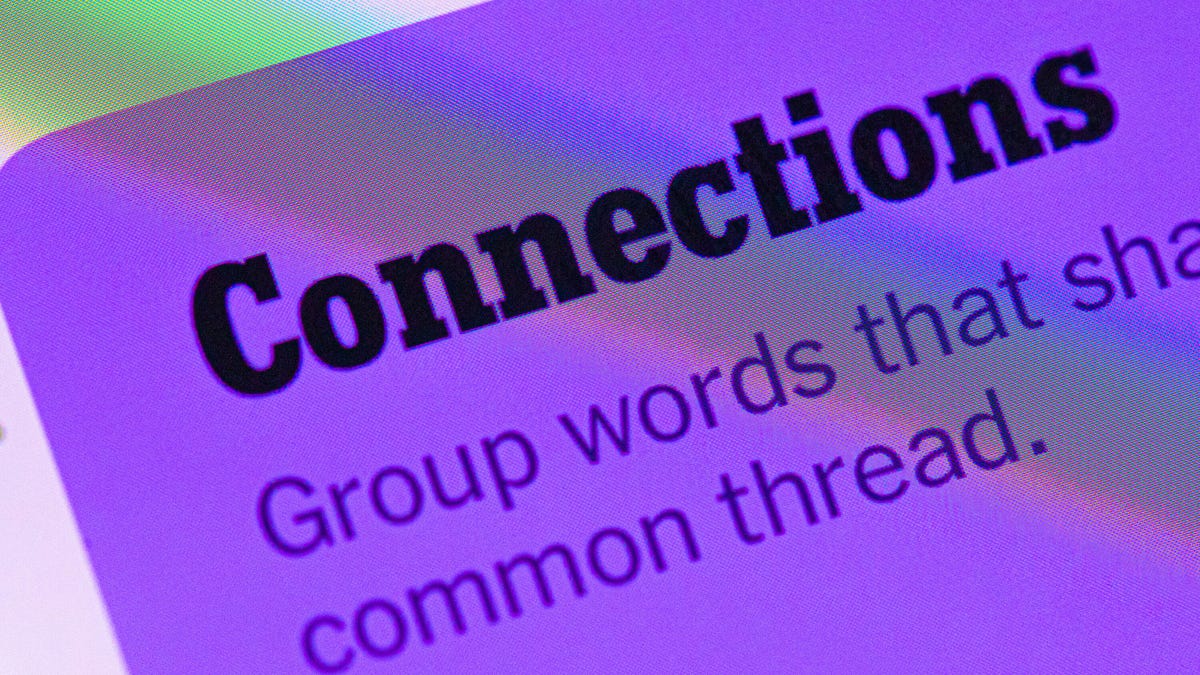
Looking for the most recent Connections answers? Click here for today’s Connections hints, as well as our daily answers and hints for The New York Times Mini Crossword, Wordle, Connections: Sports Edition and Strands puzzles.
Today’s NYT Connections puzzle has a tricky purple category, but that almost always goes without saying. If you need help, you’re in the right place. Read on for clues and today’s Connections answers.
The Times now has a Connections Bot, like the one for Wordle. Go there after you play to receive a numeric score and to have the program analyze your answers. Players who are registered with the Times Games section can now nerd out by following their progress, including the number of puzzles completed, win rate, number of times they nabbed a perfect score and their win streak.
Read more: Hints, Tips and Strategies to Help You Win at NYT Connections Every Time
Hints for today’s Connections groups
Here are four hints for the groupings in today’s Connections puzzle, ranked from the easiest yellow group to the tough (and sometimes bizarre) purple group.
Yellow group hint: What’s the matter?
Green group hint: Stars at night.
Blue group hint: Science info.
Purple group hint: On the cob.
Answers for today’s Connections groups
Yellow group: Affliction.
Green group: Represented by constellations.
Blue group: Periodic table symbols.
Purple group: ____ corn.
Read more: Wordle Cheat Sheet: Here Are the Most Popular Letters Used in English Words
What are today’s Connections answers?
The yellow words in today’s Connections
The theme is affliction. The four answers are bugbear, complex, demon and hang-up.
The green words in today’s Connections
The theme is represented by constellations. The four answers are big bear, centaur, hunter and lyre.
The blue words in today’s Connections
The theme is periodic table symbols. The four answers are AS, BE, I and K.
The purple words in today’s Connections
The theme is ____ corn. The four answers are a, capri, pop and uni. (Acorn, Capricorn, popcorn and unicorn.)
-

 Technologies3 года ago
Technologies3 года agoTech Companies Need to Be Held Accountable for Security, Experts Say
-

 Technologies3 года ago
Technologies3 года agoBest Handheld Game Console in 2023
-

 Technologies3 года ago
Technologies3 года agoTighten Up Your VR Game With the Best Head Straps for Quest 2
-

 Technologies4 года ago
Technologies4 года agoVerum, Wickr and Threema: next generation secured messengers
-

 Technologies4 года ago
Technologies4 года agoBlack Friday 2021: The best deals on TVs, headphones, kitchenware, and more
-

 Technologies4 года ago
Technologies4 года agoGoogle to require vaccinations as Silicon Valley rethinks return-to-office policies
-

 Technologies4 года ago
Technologies4 года agoOlivia Harlan Dekker for Verum Messenger
-

 Technologies4 года ago
Technologies4 года agoiPhone 13 event: How to watch Apple’s big announcement tomorrow
